Kodak ColorPlus 200 must be one of the cheapest colour negative films available at the present time, and the Nikomat/Nikkormat FTN one of the cheapest of the used SLR market offerings. This sounds like an easy pathway to colour film photography. Do the results look “cheap”? Or do they hold their own among their more expensive brethren?
The camera first – solid and reliable, with no wobbly or loose bits. Shutter speeds from 1/1000sec to 1sec plus B. Shutter speed dial surrounds the lens and is adjusted with a side lever. Easy to do – but you have to look at the indicator to be sure of the selected speed – there is viewfinder feedback here, but difficult to see on my camera.
The light meter demands a 1.35V cell if one wants to use it, but the application of the “sunny 16 rule” was all I used for these images, and the film handled that quite well. The camera works sans meter (without battery) as it is fully mechanical. The film advance is smooth and the shutter positive – except with that stupid yuppie button on top, but more about that later.
The lens on my camera was the early Nippon Kogaku Nikkor-S Auto 5cm f2, which is a seven element design pre-dating the usual Nikkor-H – six element – offering. Aperture is selected as per all similar Nikkors, but there is no feedback in the viewfinder so check. I found it easiest to set my shutter and aperture for the lighting conditions before shooting, and let the film’s latitude handle the minor variations within a frame. It is a testament to the flexibility of this film that the results reflect it.
Focusing is easy, as the viewfinder is bright and shows a central split image surrounded with fresnel screen. The lens has a silky smooth helical – and even though it has plenty of wear on the barrel, everything moves cleanly with no slop or wobble. Quite a joy to use, in fact. Since most Nikons and Nikkors work this way, there are no real surprises there.
I’ll let the images speak for themselves with minimal captioning.
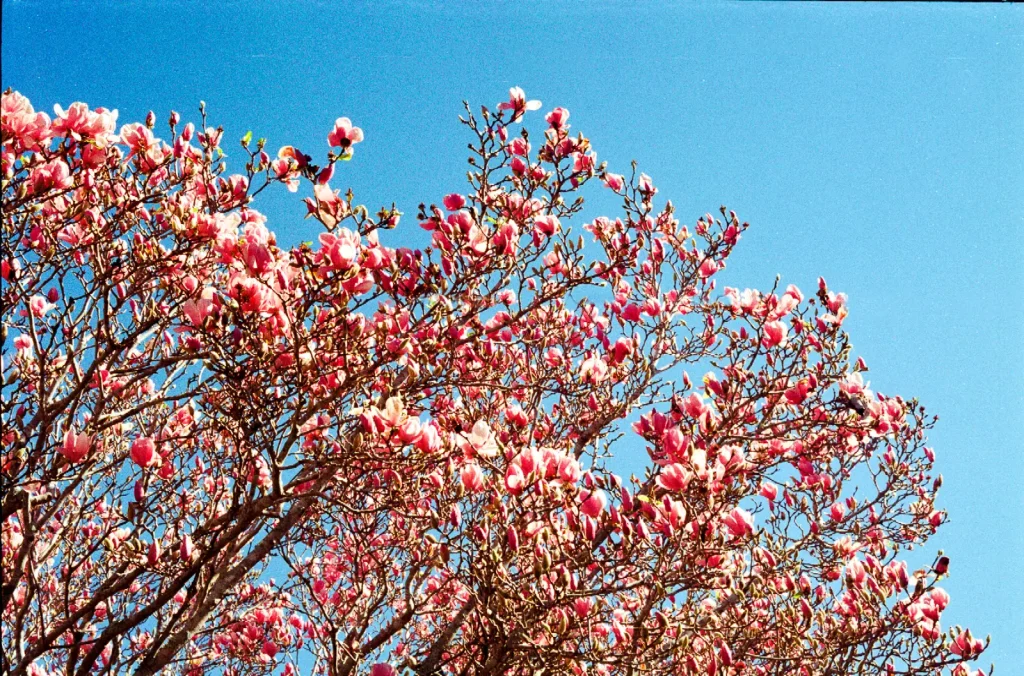
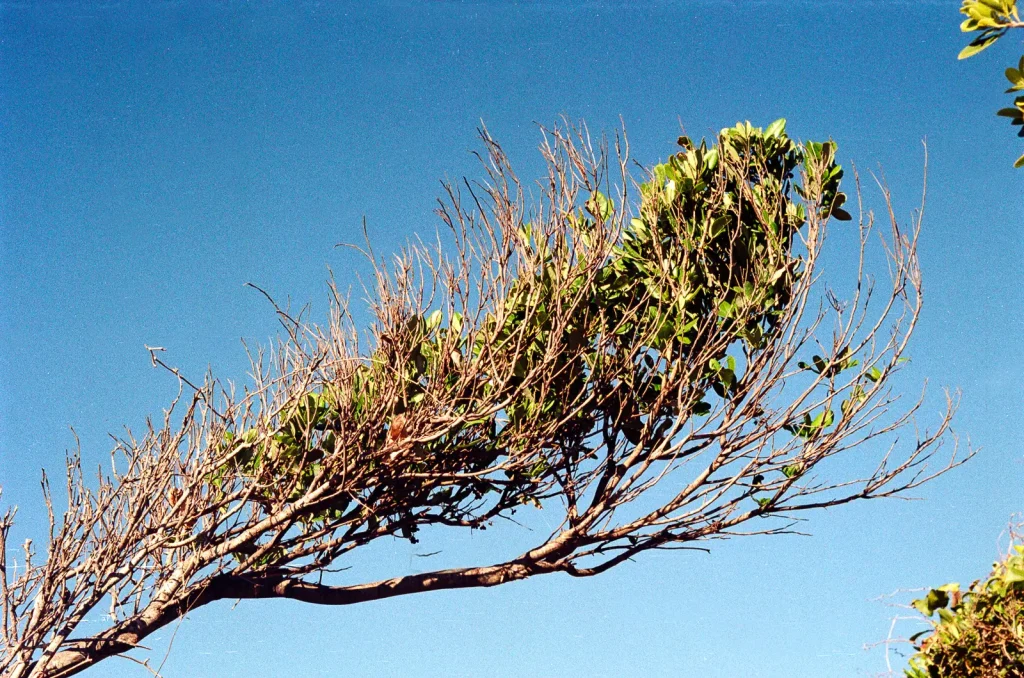
The biggest delight was the response of the film under different lighting conditions. It handled everything that I threw at it easily – from bright sunlight to shadowed interiors and back-lit situations – without blocking up those same shadow areas. Colours show saturation, and are a likely by-product of the ColorPlus name, and the nature of the film itself.
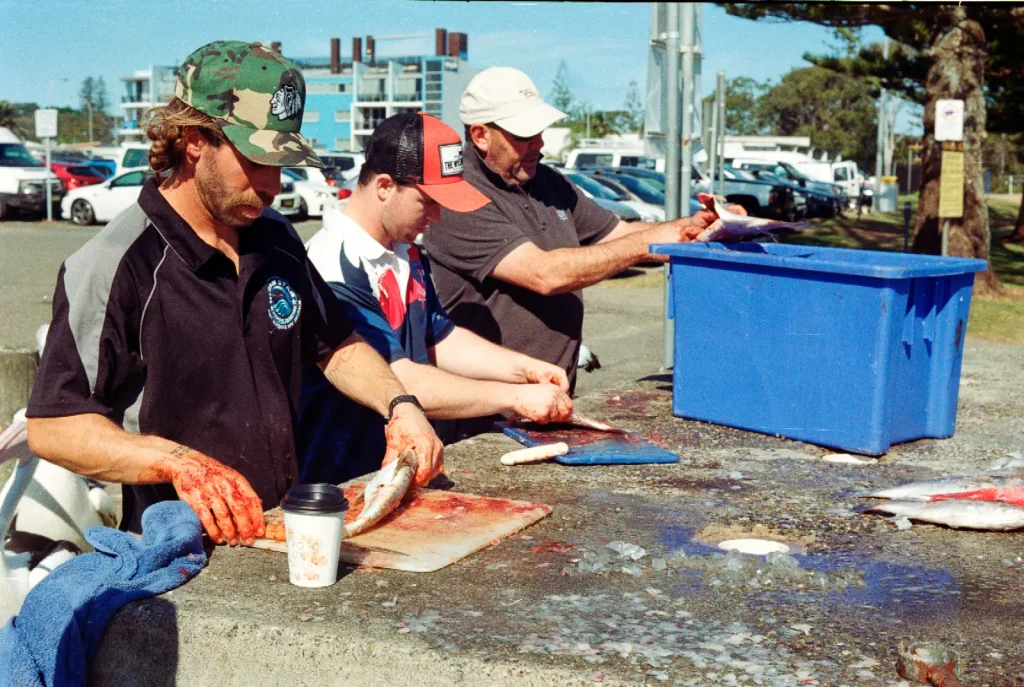
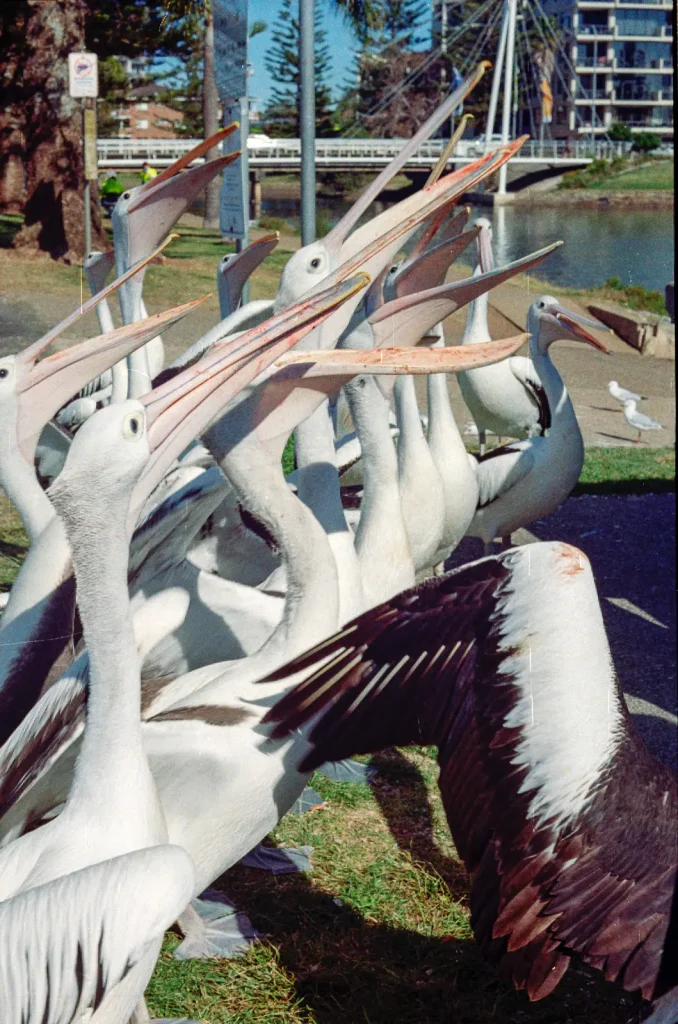


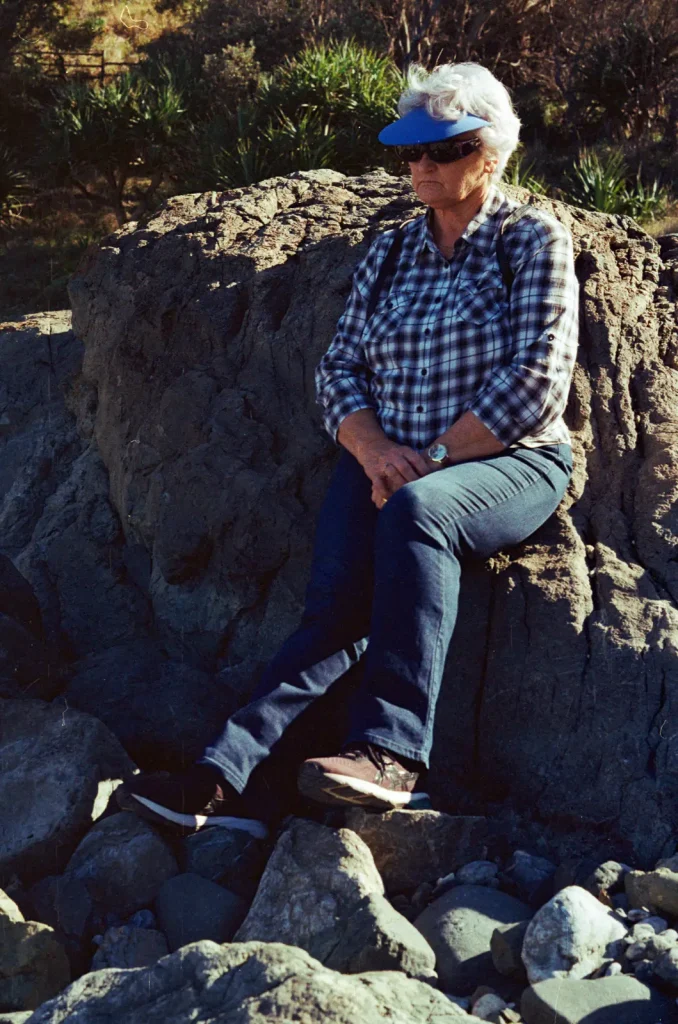

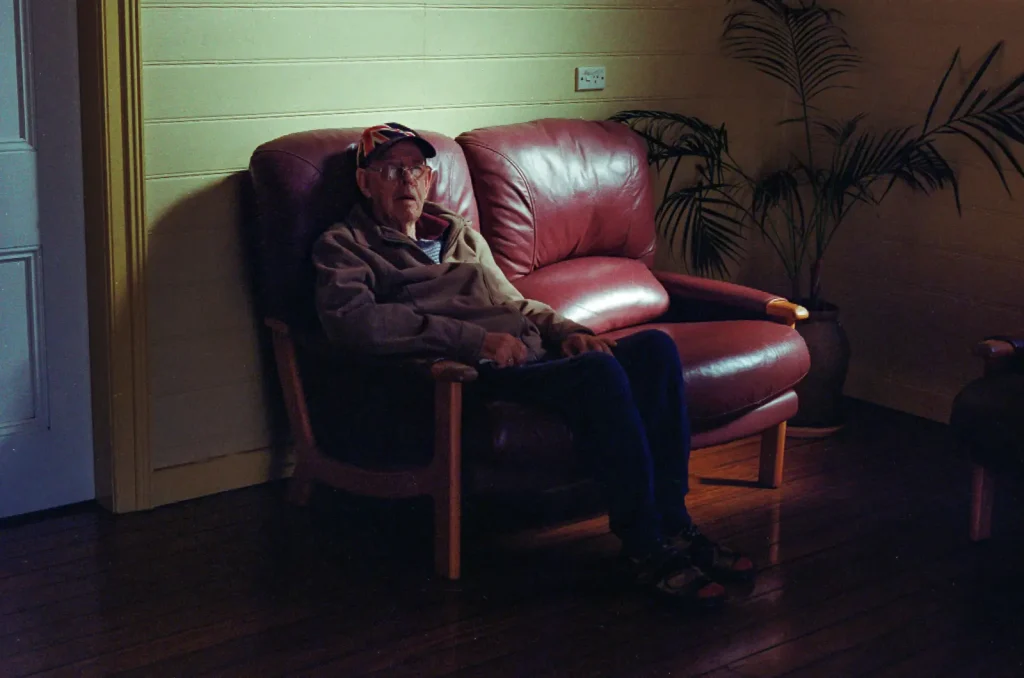
As for the yuppie button, looks soooo cool, yet is soooo easy to trip accidentally after winding on. After wasting a few frames, I removed it – stupid dumb junk! (or clumsy thick fingered operator)
Kodak ColorPlus 200 on a Nikomat FTN – quality colour negative photography on the cheap – yes indeed.
Must buy some more.
Tom Sheppard
Share this post:
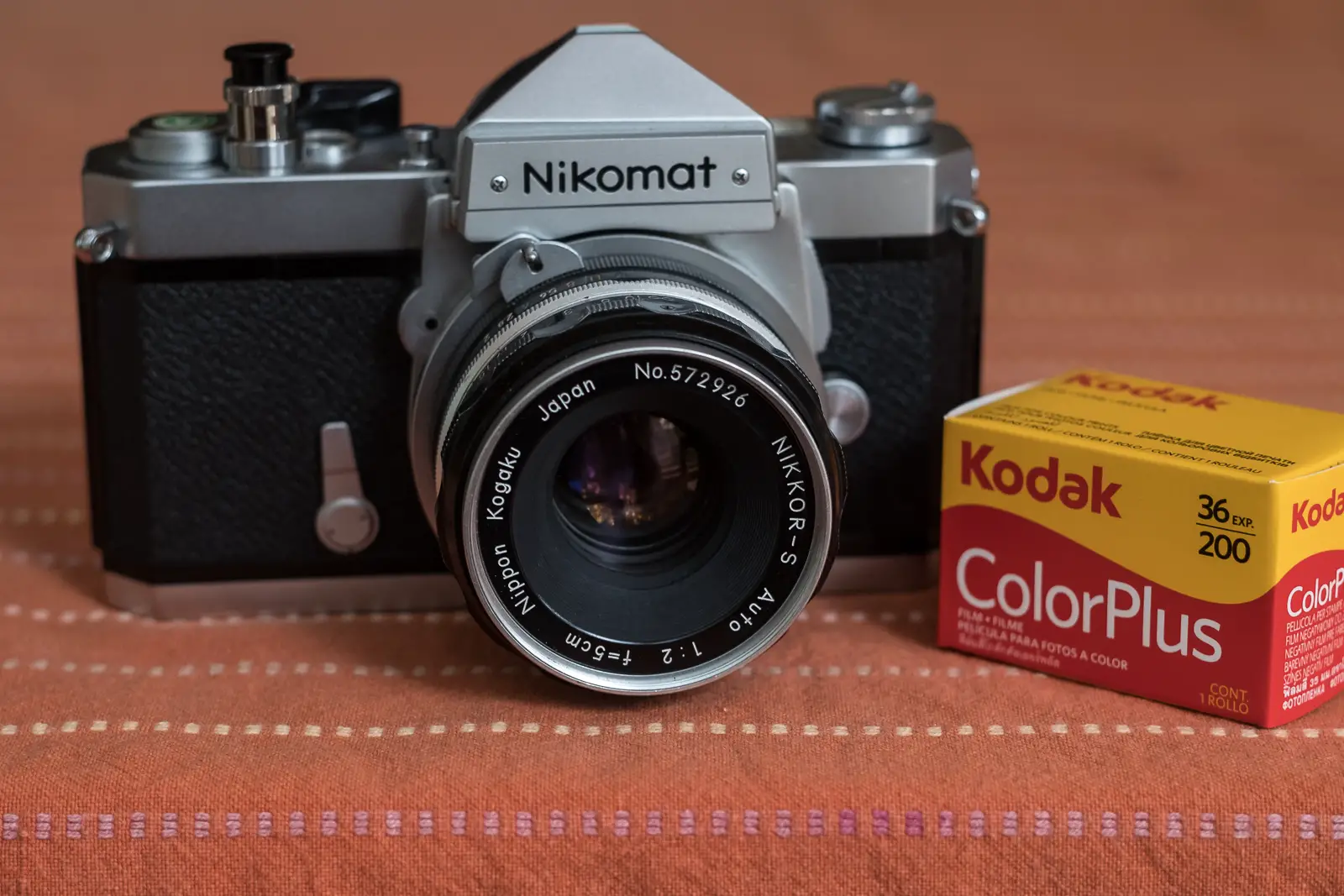








Comments
Kate Johnson on Kodak ColorPlus 200 on Nikomat FTN – Colour Negative Photography on the Cheap – By Tom Sheppard
Comment posted: 28/09/2019
Comment posted: 28/09/2019
Comment posted: 28/09/2019
Zach on Kodak ColorPlus 200 on Nikomat FTN – Colour Negative Photography on the Cheap – By Tom Sheppard
Comment posted: 29/09/2019
I am glad you liked the into into the Nikon world. It is a wonderful place to start out. I like the Nikon F-mount cameras, and there are many great lenses available. I have the six-element 50mm f/2 and have gotten some great shots out of it.
For my first six years of shooting Nikon film cameras, I just stuck to Nikkor lenses, but the 40mm f/2 and 58mm f/1.4 surpass most all of the Nikkor lenses in image quality and fit and finish. Really something to look into if you are sticking with film long term.
Comment posted: 29/09/2019
Roger B on Kodak ColorPlus 200 on Nikomat FTN – Colour Negative Photography on the Cheap – By Tom Sheppard
Comment posted: 29/09/2019
Comment posted: 29/09/2019
Comment posted: 29/09/2019
Comment posted: 29/09/2019
Clive W on Kodak ColorPlus 200 on Nikomat FTN – Colour Negative Photography on the Cheap – By Tom Sheppard
Comment posted: 01/10/2019
If your FTN's meter works at all, my experience suggests it will play nicely with a modern 1.5V battery. Mine has an Energizer EPX625G. It may over-read (and so underexpose) a little, but it never seems to be more than a half-stop away from the various devices, ancient and modern, I've checked it against - and old Nikons only work in whole stops anyway! I simply pick the combination that puts the needle just towards the side of the jaws and everything comes out fine, even on slide film, which is what I mostly use. Colour negative film is generally more tolerant, so I doubt you'll have any trouble.
Comment posted: 01/10/2019
Michael S. Goldfarb on Kodak ColorPlus 200 on Nikomat FTN – Colour Negative Photography on the Cheap – By Tom Sheppard
Comment posted: 30/12/2021
My parents were pros, and I grew up in the sixties using Nikons and Nikkormats. I still have one of their Nikon F2s and a half-dozen pre-AI lenses, which I've been shooting Tri-X with for the last decade-plus. But I recently had occasion to pick up a broken Nikkormat at a flea market and was reminded of how much more pleasant I always found using the Nikkormat compared to the larger/heavier F and F2 Photomics. So I looked around and found one for what seems impossibly cheap in the now-booming used photo equipment market. (Too bad it wasn't like this 11 years when I was divesting most of my parents' old studio equipment. The things I ended up just having to throw away!)
I put in some el-cheapo no-name 625A alkaline batteries from Amazon and checked the meter against my OM-2 with 35mm lenses on both bodies in different lighting. I found that when they're new, the meter reads two stops off due to the higher voltage (which later declines to lower voltage, further changing the readings), so I set the meter at 100 rather than 400, and shot a roll of Tri-X. I used several of the old Nikkors: 28/3.5, 35/2, 45/2.8 GN (my favorite Nikkor lens, less than half the size/weight of the others and dead sharp!), and 105/2.5 (my oldest one, vintage 1966 and it's never even needed a CLA!) Geez, was this gear well built!
Of course, the results were splendid. Negs were a little heavy but they scanned just fine. Maybe I only needed to set the ASA at 200.
Hey, after a lifetime of shooting, I can estimate exposure for Tri-X pretty accurately (and let its legendary latitude do the rest), but it's certainly nice to have a working light meter that's sort of accurate. The batteries were so cheap that I'll put a fresh one in the next time I load this camera and leave it set at 100 or 200. Looking forward to using it!
Anyway, there's no question that sixties/seventies Nikon equipment was incredibly well-built, is still capable of fantastic results, and is a joy to use if you're up to the challenge. Why good samples of the Nikkormat FTn and common pre-AI lenses are so inexpensive yet aren't being snapped up like Stylus Epics these days is a mystery!